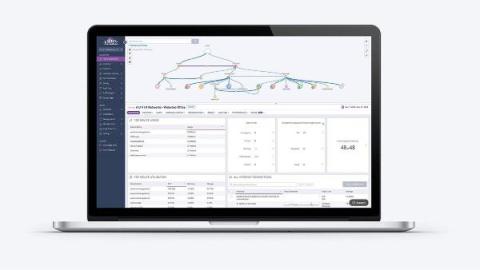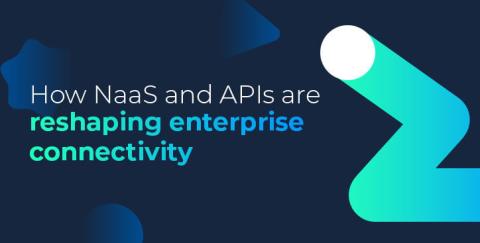Network Time Synchronization: Why and How It Works
When something goes wrong, you need to look through your log messages and figure out important things like which device saw the problem first. This automatically tells you where to start looking for the root cause. If your clocks aren’t synchronized, it becomes much more difficult to correlate log messages between devices. More generally, you want to know if the similar log messages you’re seeing are related to the same incident or if maybe some of them happened much earlier or later.









